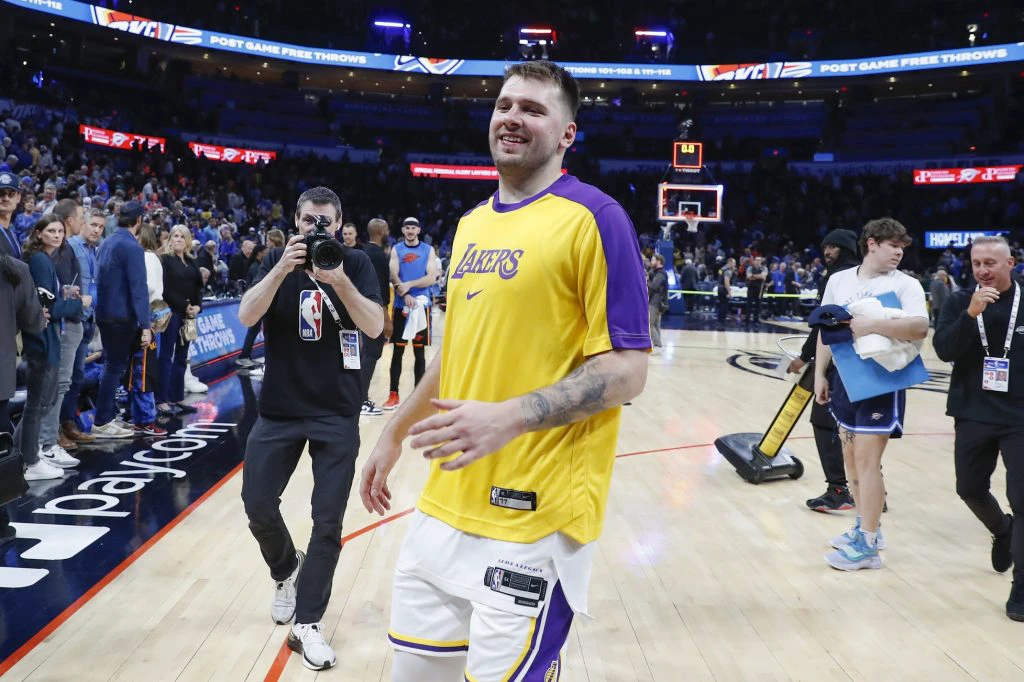A Framing of a Controversial Trade Vision
The intriguing prospect of a monumental trade deal unfolds when one considers the untapped potential that redefined the fate of an entire franchise.
Imagine a scenario where one of the NBA’s brightest stars could have been part of the Charlotte Hornets’ evolving journey, forever altering their competitive landscape.
A Hypothetical Trade That Shook the Imagination
The envisioned blockbuster trade centers on the generational talent of Luka Doncic. In this alternate reality, the Dallas Mavericks, who otherwise safeguarded their prized asset, might have tested the trade market for a record-setting deal. A well-crafted offer for the Hornets would have sent Doncic his way in exchange for dynamic assets: LaMelo Ball, a coveted 2027 first-round pick, and an additional protective pick that could unlock significant value in subsequent seasons. This package promised not only immediate excitement but also a long-term blueprint for rebuilding and competitive resurgence.
Evaluating the Strategic Balance
As the trade scenario is weighed, questions naturally emerge about strategic coherence. The Hornets, a team built around young talent such as Ball, Williams, Brandon Miller, and Tidjane Salaun, already boast multiple tradable first-round selections. Yet, the infusion of Doncic into a roster that would include Miller, Salaun, and a likely high draft pick, prompts a crucial consideration: Is this combination strong enough to commit to a long-term competitive plan during a critical off-season window?
A reflective assessment reveals that while the theoretical addition of an All-NBA caliber player like Doncic is enticing, the existing structure and injuries to key players such as Ball and Miller cast shadows over the feasibility of transforming the team into true title contenders. The trade, although historically significant in numeric magnitude, may not provide the consistent performance boost needed to pivot the Hornets into a sustained competitive era.
Historical Context and Strategic Implications
This trade scenario is more than a mere transaction-it represents a pivotal moment that could have recalibrated the developmental arc of the Hornets. The potential deal, if executed, would have marked the biggest trade in the franchise’s timeline. It illustrates the fine balance between immediate star power and the long-term cultivation of a competitive team structure. The Hornets, already navigating the challenges of reconstructing a roster around young talents and numerous draft picks, faced mounting questions about the strategic cost of such dramatic moves.
The conversation touches on deeper issues of team management in professional sports-the decision to hold onto promising young players versus venturing into a high-stakes gamble for star talent. It underscores the recurring dilemma: does the risk of destabilization outweigh the potential rewards of securing a transformational player?
Reflective Conclusions and Future Possibilities
While the hypothetical trade remains an intriguing footnote in NBA lore, it also encapsulates broader lessons about timing, team composition, and the inherent unpredictability of sports management. The missed opportunity of relocating a talent like Doncic invites these reflective questions: how might the future narrative of a franchise shift with a pivotal decision? Could the allure of a singular star ever outweigh the steady build of a cohesive, resilient team foundation?
This contemplation leaves us with a powerful takeaway-a reminder that in sports, every bold vision carries with it both tremendous potential and substantial risk. The interplay between star acquisition and long-term strategic planning continues to shape the destiny of teams, forging legacies that are as much about the journey as the final score.
